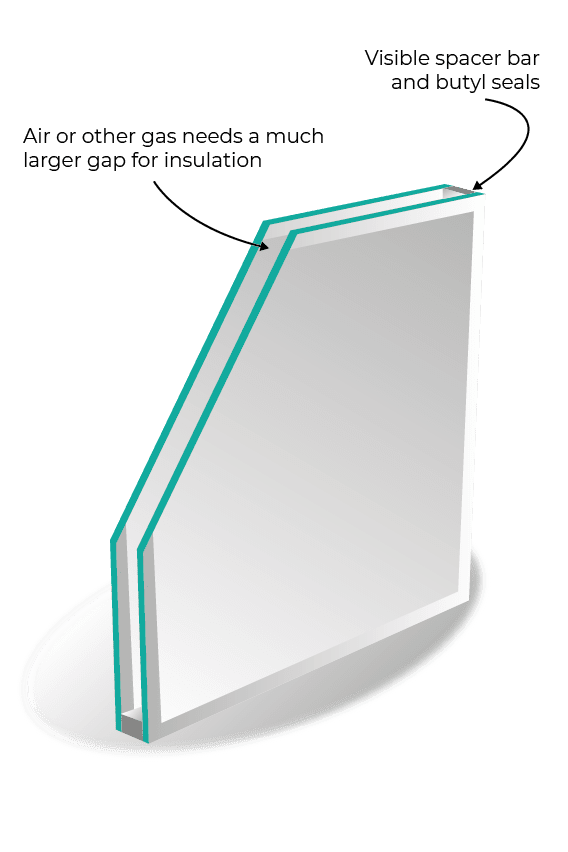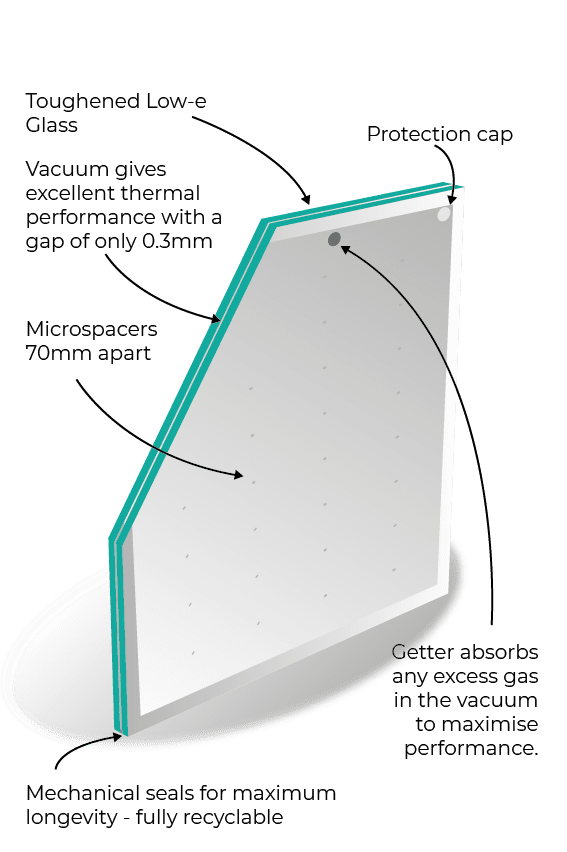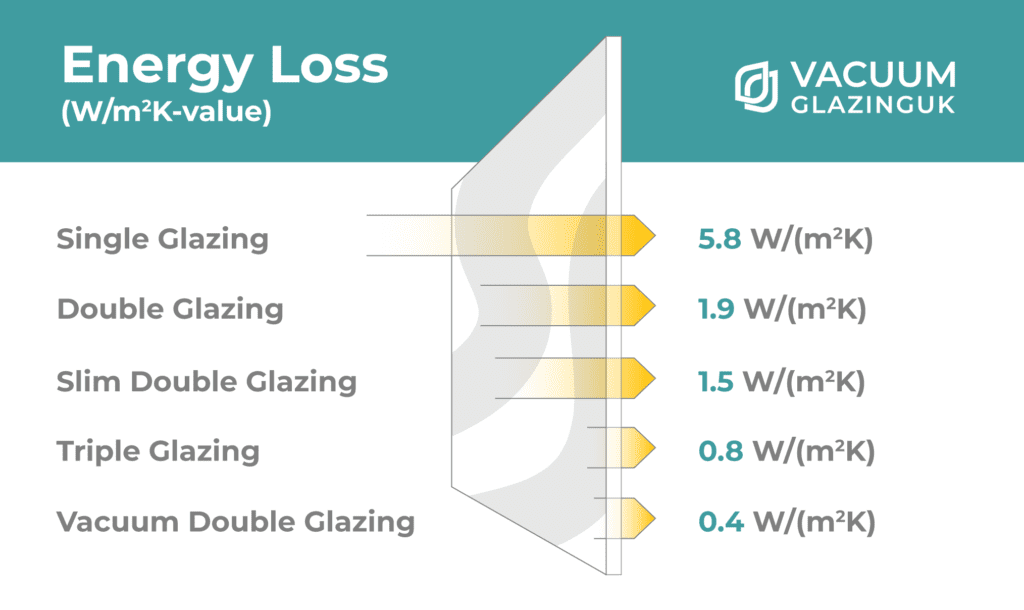What is Vacuum Glazing?
The Future of Energy-Efficient Windows in Europe
What is Vacuum Double Glazing?
Vacuum double glazing, also known as vacuum-insulated glazing (VIG), is an advanced type of glass technology that enhances thermal insulation and soundproofing. Unlike conventional double glazing, VIG features two panes of glass separated by a vacuum cavity, which significantly reduces heat transfer. This cutting-edge solution is particularly relevant for European homeowners seeking to improve their property’s energy efficiency while maintaining architectural integrity.
Why Choose Vacuum Double Glazing?
European regulations on energy efficiency and sustainability continue to evolve, making high-performance glazing an essential investment. VIG offers unparalleled insulation, reducing energy consumption and lowering carbon footprints in compliance with EU climate targets.
Key Benefits
Exceptional Energy Efficiency
Centre-pane U-values as low as 0.4, surpassing passive house requirements.
Ultra-Slim Profile
Just 8.3mm thick, seamlessly integrating into heritage and modern buildings.
Durability and Longevity
Toughened glass with a resilient edge seal and a 15-year warranty.
How Does Traditional Double Glazing Work?
Standard double glazing consists of two glass panes separated by an inert gas, such as argon, which reduces heat transfer. While this method improves insulation compared to single glazing, it has limitations, particularly in historic buildings and conservation areas.
Standard Double Glazing

Vacuum Double Glazing

Challenges of Standard Double Glazing in Europe:
Bulky Frames – Traditional units require a 14mm to 25mm gap, disrupting heritage aesthetics.
Double Reflection Effect – Creates a noticeable optical distortion, often rejected in conservation projects.
Seal Failures – Ultra-slim double glazing alternatives have struggled with longevity, leading to reported failures.
The Advantages of Vacuum Double Glazing
By eliminating the gas-filled cavity and replacing it with a vacuum, VIG delivers superior performance without the drawbacks of conventional double glazing.
Performance Highlights:
✅ Maximum Heat Retention – Keeps indoor spaces warmer in winter and cooler in summer.
✅ Lower Energy Bills – Reduces reliance on heating and air conditioning.
✅ Sustainable Choice – Aligns with Europe’s Net-Zero Carbon goals.
✅ Noise Reduction – Minimises external noise, ideal for urban areas and high-traffic locations.
✅ Preserves Architectural Integrity – A seamless solution for heritage and modern properties.
✅ Long-Term Investment – Outperforms traditional glazing with an extended lifespan.
Comparing U-Values of Glazing Types

Cost vs. Value: Is Vacuum Double Glazing Worth It?
Although vacuum double glazing carries a higher initial cost than traditional double glazing, its long-term benefits far outweigh the investment. The resilient perimeter seal, extended lifespan, and superior insulation make it a cost-effective solution when considering total life-cycle savings. Homeowners across Europe are increasingly adopting VIG as a sustainable, high-performance alternative.
Conclusion
Vacuum double glazing is redefining energy efficiency in European homes. Whether you're looking to preserve a historic building, reduce your energy costs, or improve comfort levels, VIG is a future-proof solution that meets the highest performance standards. With enhanced thermal insulation, noise reduction, and an ultra-slim design, this innovative glazing technology ensures compliance with European building regulations while delivering unmatched benefits for homeowners and architects alike.
